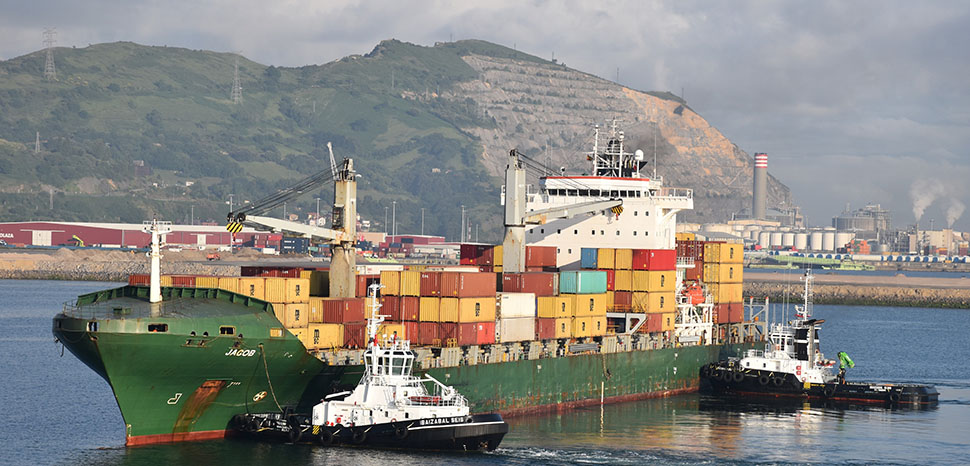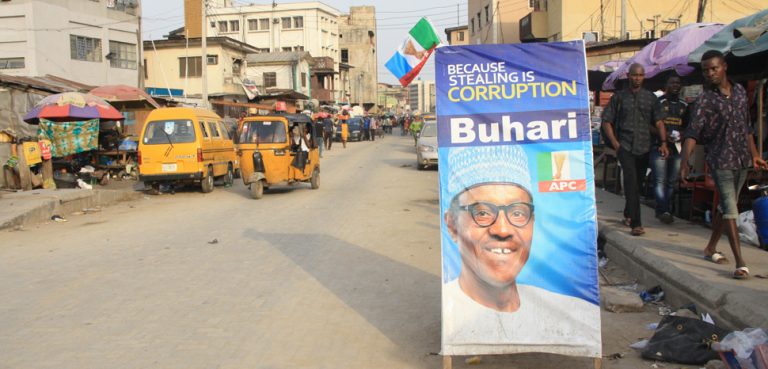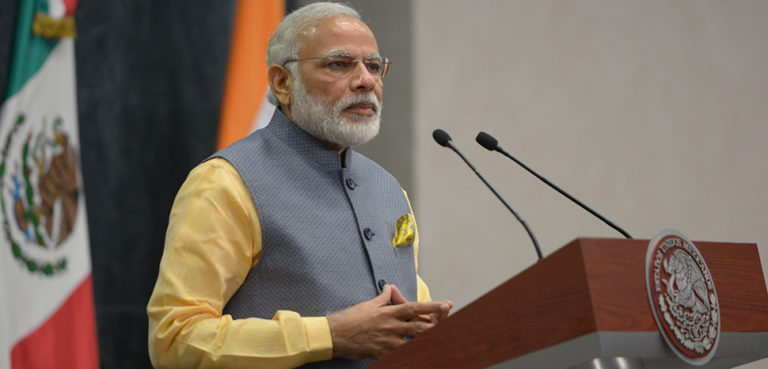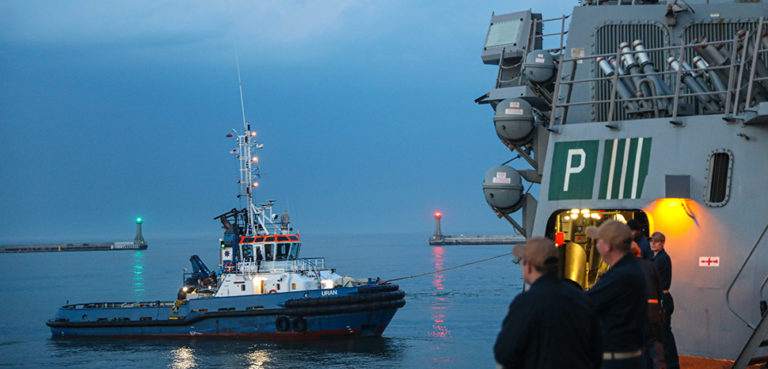The India-Middle East-Europe Corridor (IMEC), announced during the 2023 G20 Summit, holds significant potential for enhancing economic integration, trade, investments, and fostering cooperation among the participating countries on multiple fronts. This ambitious project aims to establish a seamless trade route connecting India, the United Arab Emirates (UAE), the Kingdom of Saudi Arabia (KSA), Jordan, Israel, and Europe, with the potential to revolutionize global trade dynamics. The IMEC is expected to facilitate international trade by creating a consolidated trade route that will reduce trade costs, promote market access, and encourage investment opportunities between the participating countries. It is also expected that such a gigaproject will enhance regional connectivity by improving transportation infrastructure, cross-border cooperation, energy supply, and logistical efficiencies. This connectivity will foster closer economic ties and allow for the movement of goods, services, and labor more smoothly. More importantly, the establishment of this corridor may serve as a catalyst for increased diplomatic collaboration and geopolitical stability among the participating nations. Close economic ties resulting from the corridor will incentivize collaboration on various fronts, including security, counterterrorism, and regional stability. Additionally, a shared economic interest will create avenues for stronger diplomatic relations, security cooperation, facilitating dialogue, and fostering geopolitical equilibrium.
Even though the IMEC, announced during the recent G20 Summit, holds significant potential for the participating countries, it may face several critical challenges and obstacles that must be addressed to ensure its successful implementation and maximize its benefits. One of the foremost challenges for the IMEC is navigating the complex geopolitics of the region. The corridor spans diverse nations with varying political dynamics, interests, and previous tensions. These complexities may hamper cooperation and hinder the development of seamless connectivity between the involved countries. Diplomatic dialogue and a unified vision among all participating nations are imperative to mitigate potential conflicting views and create an environment conducive to collaboration.
The complexities associated with the logistical challenges of the project are still to be addressed, given that such a large project encompasses a vast geographic area. The corridor’s success largely hinges on developing efficient transportation networks to connect the three regions seamlessly. Creating an integrated transportation system that covers vast distances, varied geographical terrains, and diverse infrastructural capabilities poses significant logistical challenges. The construction of ports, roads, railways, and other connectivity infrastructure, as well as improving existing infrastructure, would require substantial investment, expertise, and meticulous planning. Additionally, addressing logistical issues such as customs procedures, border regulations, and transportation delays would be critical to preventing bottlenecks and ensuring smooth trade flows. However, the diverse political and legal frameworks governing all the nations involved may create bureaucratic hurdles, trade barriers, and delays in decision-making processes, resulting in a slowdown in the corridor’s progress. In this respect, overcoming the logistical challenges is further associated with addressing the collective regulatory and investment aspects of the project effectively.
Harmonizing regulatory frameworks represents a formidable challenge for the IMEC. The corridor involves multiple countries with differing legal systems, policies, transportation protocols, and regulations. Streamlining and unifying these frameworks is essential to facilitate trade, investment, and economic cooperation. Collaborative discussions and negotiations should be pursued to address regulatory barriers and promote a consistent and transparent business environment across the corridor. These efforts will be crucial in fostering trust and confidence among stakeholders and creating a conducive ecosystem for economic activities. Otherwise, differing policies and bureaucracy will result in delays and operational inefficiencies. In this respect, the establishment of favorable trade and investment regulations among the participating nations is of key importance. However, navigating the complex path of regulatory convergence can pose political challenges and potentially create conflicts of interest. Countries may seek to protect their domestic industries, maintain sovereignty over regulatory frameworks, and negotiate different terms of collaboration. Striking a balance between national interests and regional cooperation will require significant diplomatic efforts and compromise.
On the investment aspect, one of the critical obstacles to implementing the IMEC is securing adequate funding. Large-scale infrastructure projects typically require substantial financial resources, and it might be a challenge to garner the necessary investment in a timely manner given the involvement of several nations. In this respect, attracting massive investments from multiple stakeholders, including governments, international organizations, and private sector entities, demands a robust financial framework connecting all involved nations. Otherwise, the delay in funding in any of the infrastructure projects associated with the IMEC in any of the participating nations will undoubtedly affect the overall progress. That said, financial connectivity is vital for facilitating cross-border transactions, investment, and trade finance. The corridor would benefit greatly from the establishment of efficient financial systems, harmonized banking regulations, and frameworks for currency convertibility. Encouraging the development of local and regional financial hubs along the route, with robust regulatory frameworks, will support economic activities and attract financial institutions. Additionally, fostering cooperation among the central banks and financial institutions of the participating nations will enhance transparency and facilitate cross-border capital flows. However, balancing cost-effectiveness with the project’s long-term sustainability is essential to maximizing the corridor’s economic benefits.
As far as maximizing the corridor’s economic benefits, it is also important to consider the economic competition that is expected to take place with China. China’s increasing global economic influence and connectivity initiatives, such as the Belt and Road Initiative (BRI), can create economic competition for the IMEC. As a strategic competitor, China will seek to divert trade and investments towards its own corridors, potentially undermining the effectiveness of the IMEE corridor. It is crucial for India, Middle Eastern countries, and Europe to strategically navigate this competition, although it may prove challenging for Europe given that China is the second main trade partner to Europe after the US, with bilateral trade volume exceeding 850 billion USD in 2022 in comparison to India, whose trade volume with Europe is barely 90 billion USD. In this regard, existing trade rivalries seeking to exert influence within the regions involved in the corridor are already present and therefore present geopolitical risks for the nations participating in the IMEC. Conflicting interests of trade powers may result in power struggles and potential resistance during the actual implementation of the project. Such rivalries can manifest in economic competition, security concerns, proxy conflicts, or attempts to control key maritime infrastructure.
Having mentioned the investment aspect of the IMEC, it is also important to consider the transparency and governance aspects. Applying robust transparency mechanisms among participating nations, conducting due diligence, prioritizing sustainability, and promoting good governance practices will help mitigate any negative repercussions on the long term and avoid potential pitfalls. Especially that we should learn from China’s BRI and its involvement in infrastructural projects globally which have raised concerns regarding transparency in funding, governance, and the long-term implications of debt, or in other words the ‘debt trap.’
Ensuring the security and stability along all the nations participating in the IMEC is a paramount challenge. The region traversed by the corridor has been susceptible to various security threats, including terrorism, conflicts, and political instability. Strengthening regional cooperation on defense, security, sharing intelligence, and forging joint initiatives to counter security risks are necessary steps to safeguard the corridor’s successful development and operation. A stable and secure environment is indispensable for attracting investments and fostering economic growth along the corridor. Yet the security and political challenges involved may stem from the complex geopolitical landscape of the regions being traversed. Various conflicts and rivalries exist, such as the Indo-Pakistani dispute, Saudi-Iranian history of rivalry, the ongoing conflicts in Syria and Yemen, and threats to Israel from Iran-backed groups in Syria and Lebanon. These geopolitical tensions can impede cooperation and hinder the implementation of regional connectivity projects. Furthermore, the stark diversity of political systems among the participating countries may present a challenge where the existence of differing political ideologies and values can hinder efficient implementation and could potentially create disparities among stakeholders. Accordingly, achieving a clear consensus and coordination among the involved nations is of utmost importance given the presence of differing priorities and historical conflicting views on various economic and political matters. Thus, maintaining a cohesive and cooperative approach among all the participating nations amidst political differences will be vital to the success of the corridor.
Political considerations between participating nations are only one aspect of addressing the geopolitical risks involved in the IMEC; risks associated with non-participating nations should also strategically be addressed and accounted for. For example, China’s strategic moves in pursuing its BRI ambitions appear at the top of this list. As far as China is concerned, the risks go far beyond the BRI. For instance, the Saudi-Iranian peace agreement announced earlier in March 2023 was brokered by China in an attempt to showcase China’s influence in the Middle East. However, the announcement of the IMEC can be viewed as a counter initiative to China’s BRI, and this may trigger the latter to, for example, weigh in on Iran’s destabilizing behavior in the region in order to delay any progressive steps towards the establishment of the IMEC. Iran’s geographical location at the crossroads of the Middle East and Asia grants it considerable influence in the region. Its proximity to the Strait of Hormuz, the number one essential route of connection between India and the UAE under the IMEC, presents a clear threat to the IMEC project. Any disruptive actions by Iran, such as threats to mining or blocking the strait, could severely impact the transportation of goods and energy through the corridor, thereby impeding its smooth functioning. Furthermore, Iran’s alleged support for non-state actors and terrorist organizations throughout the Middle East has drawn international concern. Irregular activities by such groups, armed with advanced weaponry, could threaten the safety and security of the corridor. Given Iran’s historical inclination towards asymmetric warfare and unconventional military strategies, there exists a real threat of terrorist attacks targeting critical infrastructure along the corridor’s route.
The response of other neighboring nations such as Egypt and Turkey who are considered as close allies to Europe, KSA and the UAE, should also be addressed as well. On one hand, Egypt’s strategic geographical location plays an important role in international trade routes via its Suez Canal which is a vital shipping route connecting the Mediterranean Sea with the Red Sea as well as being a key generator of foreign currency income to the country. The IMEC corridor, being an alternative land route, may pose a potential threat to Egypt’s dominance in the region, diverting trade away from the Suez Canal and potentially leading to negative economic repercussions. As Egypt has played a significant role in fostering stability and mediating conflicts within the Middle East, it is essential to address Egypt’s concerns and engage in a dialogue throughout the planning and implementation phases. A comprehensive framework that integrates the interests of Egypt and leverages its strategic location could provide a win-win situation for all parties. This approach would ensure that Egypt remains a valued partner to the IMEC participating nations. On the other hand, Turkey’s President Erdogan made it clear that there is no IMEC without Turkey’s inclusion. As with Egypt, it is necessary to consider Turkey’s concerns and potential objections. Turkey, as a key transit hub and regional power, has vested interests in maintaining its strategic position, protecting its economic interests, and safeguarding its geopolitical influence. Therefore, recognizing and addressing Turkey’s concerns will be critical in navigating the potential objections that may arise and fostering broader regional cooperation within the framework of the IMEC corridor.
The IMEC holds immense potential for economic growth, enhancing trade, boosting regional connectivity, energy cooperation, and promoting cultural exchanges. Its successful implementation will undoubtedly require sustained commitment and cooperation from the participating nations. Despite the project’s potential for significant economic and strategic benefits, its implementation comes with several difficulties and risks that need to be carefully considered. These include interstate tensions, geopolitical rivalries, and security threats. Collectively countering these challenges is of utmost importance for all the participating nations. However, the US has a key role in supporting the IMEC. In this respect, the US is renowned for its robust security apparatus and extensive experience in counter-terrorism measures. It follows that the IMEC is likely to face significant security challenges, including threats from extremist groups and illicit activities because of geopolitical rivalries including Iranian proxies. By actively participating in information-sharing, intelligence cooperation, security cooperation, and joint military exercises, the US can play a crucial role in strengthening the corridor’s security framework. Furthermore, the Middle East region, with its myriad geopolitical challenges and historical conflicts, underscores the significance of US involvement in the corridor’s success. The US has maintained significant political and military engagement in the Middle East, striving towards regional stability. Its presence and efforts help in encouraging cohesive cooperation among the corridor nations as well as providing a platform for dialogue, conflict resolution, and the promotion of shared interests, which will further enhance the IMEC’s prospects for success.
The views expressed in this article belong to the authors alone and do not necessarily reflect those of Geopoliticalmonitor.com.




